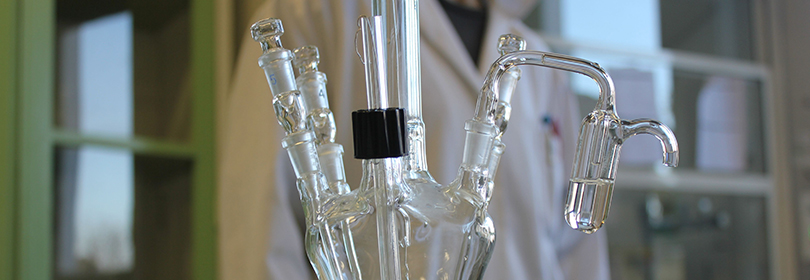State of the art and competences of the three involved laboratories: Lepmi has developed a large know-how for extraction of metallic ions from various matrices in view of their recycling. In the case of used MEA, Lepmi has already implemented a classical method for the recovery of platinum ions, based on acid leaching and selective extraction taking advantage of an ion exchange resin and an organic solvent, allowing a Pt recovery efficiency equal to ca. 85%. The “polyol” chemical method for the NP synthesis has then been carried out starting from these Pt ion solutions and lead to a new electrocatalyst which had shown similar morphological properties and electrochemical performances to that of commercially available state-of-the-art catalysts used for fresh new MEA. However, the extraction process does have non-negligible environmental impacts, in particular because the recyclability of chemicals entering the process was not sought and also because the global recovery yield could be improved. Although the polyol method displays obvious advantages (easy scale-up, easy deposit of the NP onto a carbonaceous substrate, recyclability of ethylene-glycol), its global environmental advantages are still unknown. Lepmi also develops innovative methods for Pt and Co extraction, based on hydrophobic or hydrophilic ionic liquids and aqueous biphasic systems (ABS) which yields are close to 100%. However, these methods have not been applied
to used MEA yet, they were not followed by NP remanufacturing trials according to the polyol method and their environmental impacts have not been estimated.
LMGP has fine-tuned a photochemical method for Pt NP preparation which, by contrast to the polyol method, does not need chemical additives. This method allows the preparation of NP with finely tuned sizes ranging from 2 to 3 nm in diameter. So far, this synthesis protocol was only briefly studied in view of MEA manufacturing. Interestingly, a preliminary study demonstrated that this method is still valid if samples arising from MEA leaching are used as starting materials. However, these studies did not go beyond the proof of concept and thus need further minute examination.
G-SCOP will bring its expertise in the determination of environmental impacts of technologies and processes as developed within this project. These assessments will have two main objectives. First, one has to check that environmental impacts induced by the recovery and remanufacturing processes are indeed lower that those arising from traditional techniques. To this aim, production steps of the used chemicals will be carefully examined, together with waste reprocessing steps. Secondly, such assessments will allow the identification of process parameters having an important influence onto environmental impacts during the foreseen industrialization implementation.
Work plan: Gathering experimental results and expertise from the three laboratories G-SCOP, LMGP and Lepmi, a first comprehensive process for the recovery-remanufacturing-reuse of NP for MEA can be proposed. This process is far from perfect (moderate yield, non-negligible environmental impact, unknown recyclability of chemicals) but it is a first basis in view of improvements according to two main directions: i) new extracting methods ii) other NP manufacturing methods.
The work to be performed during this post-doctoral fellowship will thus first consist in optimization of the various steps of the operational protocol for the MEA recycling (i.e. extraction with ion exchange resin and solvents, polyol method) in order to reduce its environmental impacts as much as possible.
In a second step, the candidate will define, among all possibilities offered by the various extraction methods (resin plus solvent, ionic liquids, ABS etc.) and the remanufacturing protocols (i.e. polyol or photochemical) the best ways to the used MEA recycling. Criteria for decision making will be the recovery yields for Pt and/or Co, the electrochemical performances of the recycled electrocatalysts and the environmental impacts all along the process.
In particular, the photochemical NP synthesis parameters will be studied in order to master the NP morphology and chemical composition (Pt or Pt/Co), in connection with the composition of the extraction solutions. Once obtained, the NP will be deposited on a carbonaceous substrate (typically, Vulcan XC72) in order to be electrochemically characterized. Finally, this material NP/carbon substrate will be implemented in PEMFC in order to characterize the performances and the stability of these remanufactured MEA.
Expected candidate profile: The candidate should possess strong bases in solution chemistry and analytical chemistry. Knowledge in electrochemistry and/or Life-Cycle Analysis will be a clear plus but are not mandatory, as formation could be provided whenever necessary.
Practical information: Post-doctoral fellowship available for 16 months, based at Lepmi (France, Grenoble) but also at LMGP and G-SCOP, both in Grenoble. Approximate gross salary: 2380 €/month.



